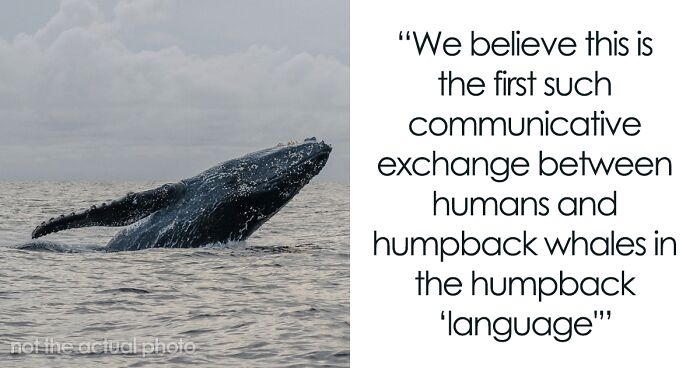
Scientists Hold A 20-Minute ‘Conversation’ With A Whale Named Twain In His Own Language
Interview With AuthorFor almost 40 years now, the SETI Institute has been searching for extra-terrestrial intelligence. Since there is no definitive sign of aliens yet, the scientists turned to the next best thing – searching for terrestrial intelligence. It turned out that what the scientists were looking for was hiding in our vast blue oceans.
A female humpback whale named Twain has been known to researchers since the 1980s when she was spotted in Hawaii. Twain recently surprised the entire world when for the first time in history, she made a communicative exchange with humans by replying to recorded “whup-throp” calls 36 times.
More info: PeerJ
The team from the SETI Institute had their first ever ‘conversation’ with a 38-year-old humpback whale, named Twain, in her own language
Image credits: Jodi Frediani
Image credits: Jodi Frediani
Image credits: ByChelo (not the actual photo)
Image credits: Jodi Frediani
It was during a 2021 expedition to Frederick Sound, Southeast Alaska, when the recorded “whup-throp” social call was broadcast, and the recordings of the animal’s vocalized responses were captured via hydrophone. Approaching a mere 100 meters from the researchers’ vessel, Twain, the humpback whale, interacted with the contact call played via an underwater speaker. According to the study, the matching of the interval variations between each call mirrors a human-like conversational style.
“After playing the contact call three times, we got this huge response,” said Brenda McCowan, the lead author of the study from U.C. Davis. “Then, to keep the animal engaged, I started trying to match the latency of her calls to our calls. So, if she waited 10 seconds, I waited 10 seconds. We ended up matching each other. We did this 36 times over a 20-minute period. We believe this is the first such communicative exchange between humans and humpback whales in the humpback ‘language,’” she added.
Image credits: Jodi Frediani
Jodi Frediani, who was documenting the significant moment, has been observing the behavior of humpback whales for more than 20 years. Asked about how it all started, the award-winning Monterey Bay-based photographer told that everything began in 2002 when she had the opportunity to swim with humpback whales:
“It was a life-changing experience being able to come face to face with these gentle giants in their watery element. I decided then that I needed to return, which I have been doing every year since. Learning about their lives, the threats they endure from human actions (ship strikes, entanglement in fishing gear, over- fishing, plastic pollution) and being able to educate people and share the intimacy of their lives and beauty has been a prime motivation to keep photographing them,” Jodi shared in an interview with Bored Panda.
“I have loved animals my whole life. I am fascinated by the other species with whom we share this planet. Learning to understand their behaviors and getting to know them as individuals has always been a privilege. I hope someday to be able to understand their language. Being part of the team that ‘conversed’ with Twain moved the bar just a notch further in that direction,” she explained.
The ocean has always been a very special place to Jodi: “I grew up not far from the ocean and have been mesmerized by it ever since. To be on or in the ocean is always rejuvenating. We live on a watery planet and the oceans exude elements of mystery, power, beauty, and tranquility that never get old. To share time on or in the water with friends and the animals that live in the sea is like a coming home for me.”
Scientists believe that this world’s first ‘conversation’ between humans and whales could be also the first step in understanding aliens
Image credits: Jodi Frediani
Image credits: Jodi Frediani
Image credits: Jodi Frediani
Whales are among the largest and oldest animals on Earth. Whale brains contain cells called spindle neurons, which are associated with advanced abilities such as recognizing, remembering, reasoning, communicating, perceiving, adapting to change, problem-solving, and understanding, thus leading to the assumption that they are truly deep thinkers.
One of the great examples of high biological intelligence could be bubble-net feeding, which is a complicated, highly synchronized effort of humpback whales. Usually there’s one whale who leads the rest of the community by blowing the bubbles in a spiral pattern to keep the fish trapped. The other members will come up beneath the fish, following them to the surface with mouths open wide, engulfing volumes of water along with their prey. It’s important to mention that such behavior is not instinctual, it is learned; not every population of humpbacks know how to bubble-net feed.
To coordinate and efficiently execute the bubble-net, humpback whales use their vocalizations so they all can feed. The size of the net can range from 3 to 30 meters (9.8 to 98.4 ft) in diameter. As the whales swim up to the surface to feed, they can hold up to an astonishing 15,000 gallons of salty water in their mouths.
Whales are excellent communicators and show high levels of emotional and social intelligence
Image credits: NOAA / Christin Khan
Image credits: Ivan Stecko
Dr. Josephine Hubbard, an animal behaviorist currently studying for her PhD at the University of California, Davis, is hoping to understand the communicative complexity and intelligence of humpback whales: “It’s like experiencing another world. You hear them come up to the surface. Then there’s this big breath, you can see it, and they’re all together as a group. It’s just incredible.”
Many scientists do believe that the songs of the humpback whale are among the most complex in the animal kingdom. The first recording of humpback whale song was made by US Navy engineer Frank Watlington in 1952. Then, almost 20 years later, marine biologist Roger Payne noticed something very important, that these calls were organized in repeating patterns. This completely transformed the understanding of whale vocalizations and encouraged an interest that would lead to decades of research.
When scientists listen to humpback whales, the vocalizations are divided into two different categories: song and non-song calls. While all humpback whales can ‘sing’, scientists believe only males do so, and their songs are most often heard in their breeding grounds. The 2nd category’s calls include all the non-song vocalizations that humpbacks make. They are relatively short and don’t have a repetitive structure. Some calls of this type have been associated with feeding or social behaviors.
According to Roger Payne, marine biologist, some whales even use the sonata form, common to human music: a theme, followed by a variation, then a return to the theme. Earlier in his career, the biologist presented the controversial idea that, for example, a blue whale, deep in the ocean and free from human noise pollution, could transmit a song that might be heard by another whale as far as 13,000 miles away. Unlike humans, the dominant sense in whales is not sight but hearing, and it is also important to mention that sound can move farther and even about 4 times faster in water than it does in the air.
The songs of the humpback whale are thought to be among the most complex in the animal kingdom
Image credits: 7inchs
Image credits: Nahuel Robledo
Image credits: Elianne Dipp
Baleen whales, including humpbacks, right whales and blue whales, can produce super low-frequency sounds which can travel enormous distances due to their unique larynxes (more commonly known as “voice boxes”). Among all whales, the blue ones can emit frequencies as low as 12.5 Hz, which is classified as infrasound and is below the human hearing range. While, for example, toothed whales, which include sperm whales, dolphins, porpoises and orcas, are among the loudest animals on Earth.
Working with humpback whales opens a unique opportunity to study intelligent communication in a non-human species that might help to develop signals in the search for intelligent life beyond Earth. “Because of current limitations on technology, an important assumption of the search for extra-terrestrial intelligence is that extra-terrestrials will be interested in making contact and so target human receivers. This important assumption is certainly supported by the behavior of humpback whales,” explained Dr. Laurance Doyle of the SETI Institute.
‘Conversing’ with an Alaskan humpback whale gave a major step to better understand and explore nonhuman intelligence
Image credits: ArtHouse Studio
Image credits: 7inches
Image credits: Elianne Dipp
For those interested in finding out more about the most enchanting of these marine creatures and perhaps even meeting them in person one day, here are some of the places that are considered the best for whale watching:
- Husavik, Iceland
- Hudson Bay, Manitoba, Canada
- Hermanus, Western Cape, South Africa
- Baja California, Mexico
- Mirissa, Sri Lanka
- Moorea Island, French Polynesia
- Azores Archipelago, Portugal
- Shetland Islands, Scotland
- Maldives
- Monterey, California, USA
I’ve always been mesmerized with the ocean, especially whales. They seem to me to be so magical and so mystical, like they somehow could be holding the biggest secrets of the universe within them.
I remember watching Domenic Biagini’s documentary over and over again, which, after the COVID lockdown, was like a window to another world: incredibly peaceful, enchanting, and so precious. I would use a projector on the wall and it would create the sensation of being there in the vast blue ocean by myself.
To be able to create a bond and have a conversation with these marine giants is something that is hard to transmit in words. I believe that there’s so much to discover and the scientists from the SETI Institute are definitely taking giant steps towards that.
Whale lovers shared their excitement on the internet
Poll Question
Thanks! Check out the results:
They're probably asking us about life on land, or if we know where some tasty schools of fish might be. We're probably answering back "yellow" or "alligator fin" or other nonsense. I once meowed back at Bouche. I don't know what I said, but apparently it was highly offensive.
I read somewhere that cats only meow at humans and it's because that's how they think we sound.
Load More Replies...Thank you, Eglė, for this lovely and positive article! It is nice to see one of the BP writers providing us with quality information. I am always excited to see an article produced by you or by Hidrėlėy!
..thank you ☺️🌊✨ Whales are truly special creatures! ♥️
Load More Replies...They're probably asking us about life on land, or if we know where some tasty schools of fish might be. We're probably answering back "yellow" or "alligator fin" or other nonsense. I once meowed back at Bouche. I don't know what I said, but apparently it was highly offensive.
I read somewhere that cats only meow at humans and it's because that's how they think we sound.
Load More Replies...Thank you, Eglė, for this lovely and positive article! It is nice to see one of the BP writers providing us with quality information. I am always excited to see an article produced by you or by Hidrėlėy!
..thank you ☺️🌊✨ Whales are truly special creatures! ♥️
Load More Replies...
 Dark Mode
Dark Mode 

 No fees, cancel anytime
No fees, cancel anytime 










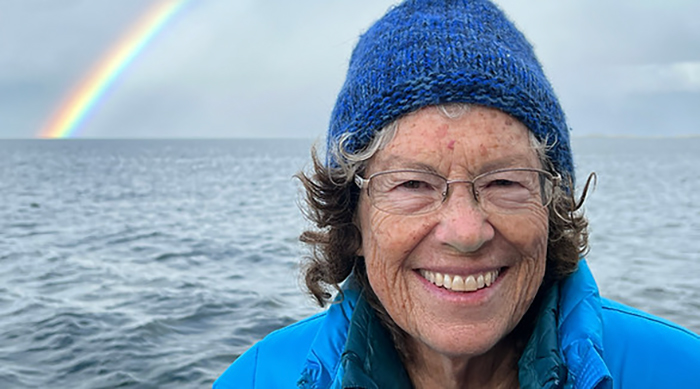
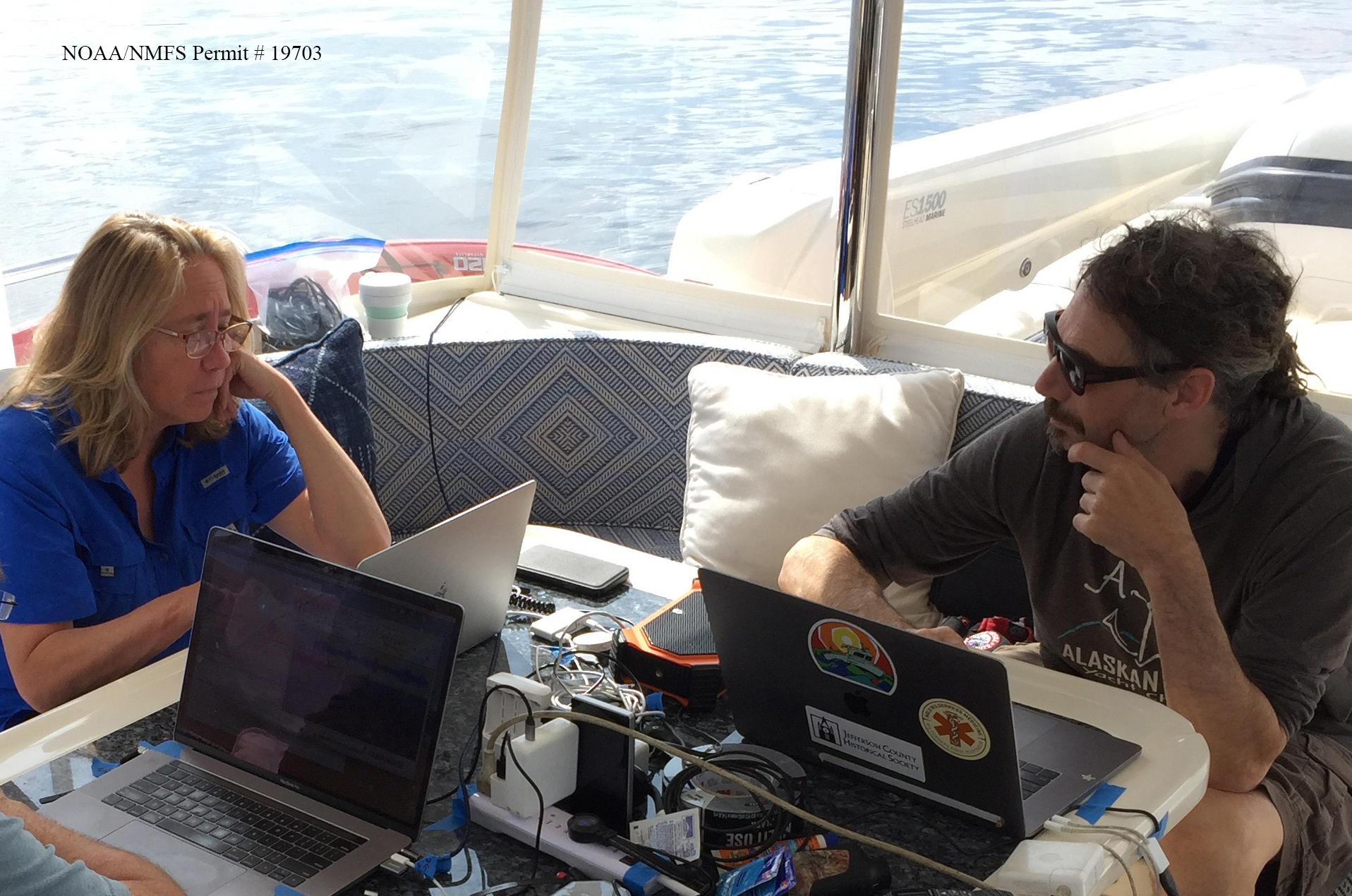



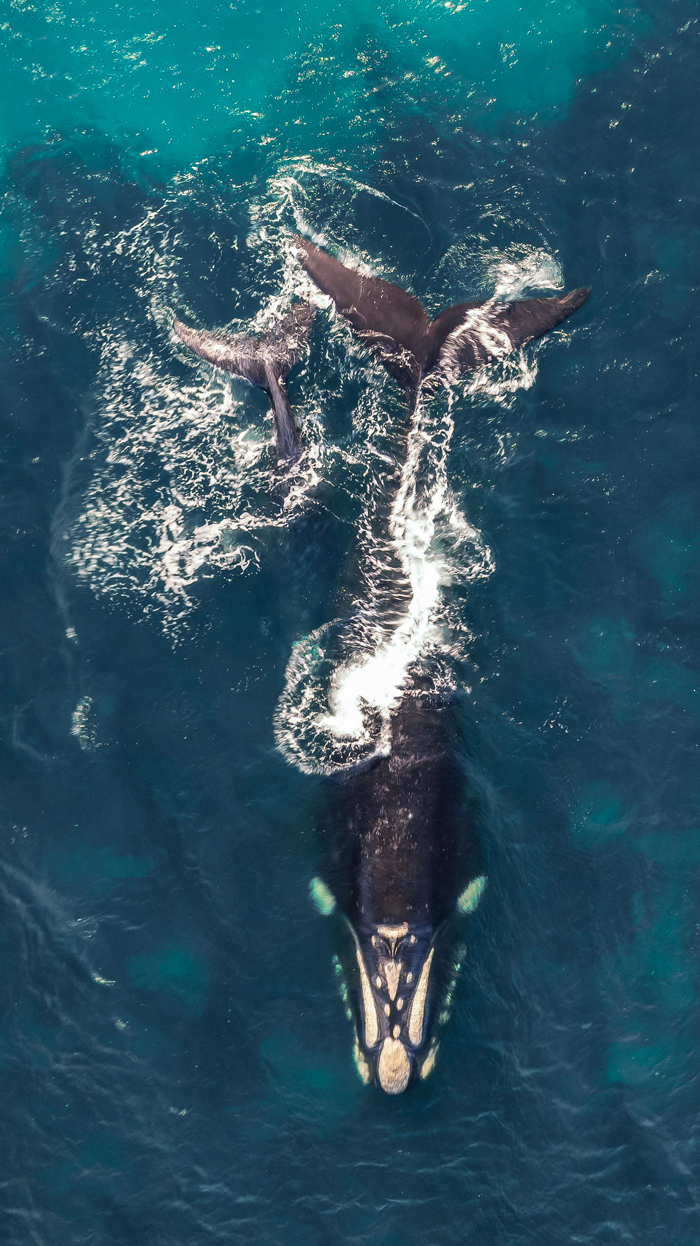




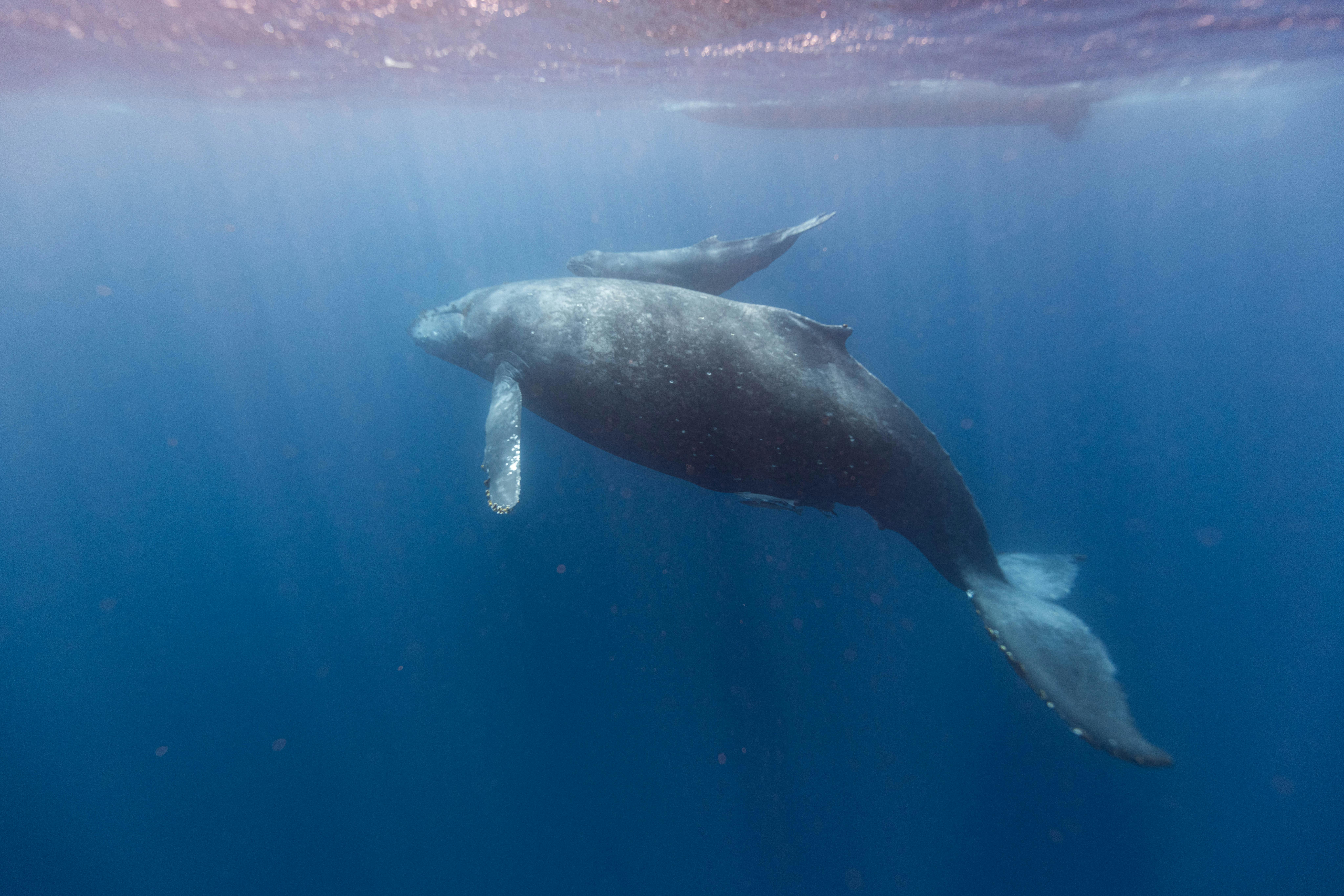
















































124
25